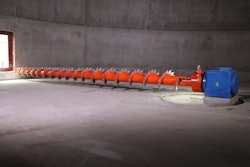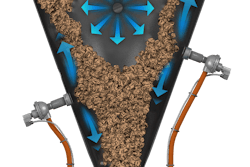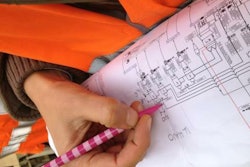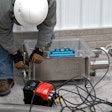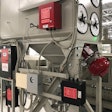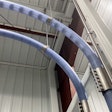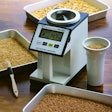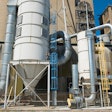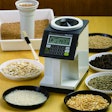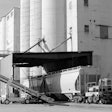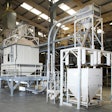
As specialist dust explosion consulting engineers, we are worried. We must not be lulled into a false sense of security by statistics that tell us grain handling is somehow “getting safer.”
In fact, in the period 2006 - 2014 we were running at almost 10 explosions per year with 10 or so consequential injuries with fatalities [ref 1]. These numbers have indeed improved a little over the past 30 years, even through a significant increase in grain handling.
But here is the problem -- silos are bigger, elevators are bigger, dryers are bigger and there are more, and larger, baghouses. A bigger volume of contained dust has the capability of producing a huge dust explosion with great consequences to people, facilities, and grain processing companies.
Beware that the potential for a big, even spectacular event is very much still present and is very real.
Dust explosions and flash fires can occur when a grain dust is dispersed inside or outside process plant. The dust can blend with air to form an explosible mixture. If the mixture is outside process plant or buildings, a flash fire is possible. If the dust is confined inside equipment or buildings, then explosion will occur. Even fugitive grain dust holds a threat.
When the dust is settled in layers it cannot explode because there is not sufficient oxidant (air) present. The grain layers can still burn though; and grain layers run the risk of becoming dispersed by the air-currents of a fire or by other means and thus significantly contributing to a dust explosion.
As in any industry susceptible to dust explosion, we believe that hazard control in grain handling and processing is all about prevention and protection.
This means conducting hazard assessments that identify potential sources of ignition so that control measures can be put in place and making sure that explosion protection measures such as explosion relief venting are employed and properly designed to safely handle a grain dust explosion, should one occur. This approach is the basis of relevant standards such as OSHA 1910.272 Grain Handling Facilities, NFPA 61 Standard for the Prevention of Fires and Dust Explosions in Agricultural and Food Processing Facilities, and NFPA 652 Standard on the Fundamentals of Combustible Dust.
Again, the consequence of a dust explosion in 2019 is potentially bigger than ever. We have been running at somewhere around 10 explosions per year, but facilities are bigger, and there are more of them. Remember that the nature of grain processing means that sources of ignition are never far away: mechanical sparks, hot surfaces, electrical equipment, and static electricity.
Our message is simple. Hazard assessment, review, hazard assessment and review. The consequences of a dust explosion can be huge.
Explosion prevention and protection is the answer; but make sure you spend wisely on control measures that will be effective and cost effective.
[1] Kansas State University (KSU) and USDA's Grain Inspection, Packers and Stockyards Administration.




